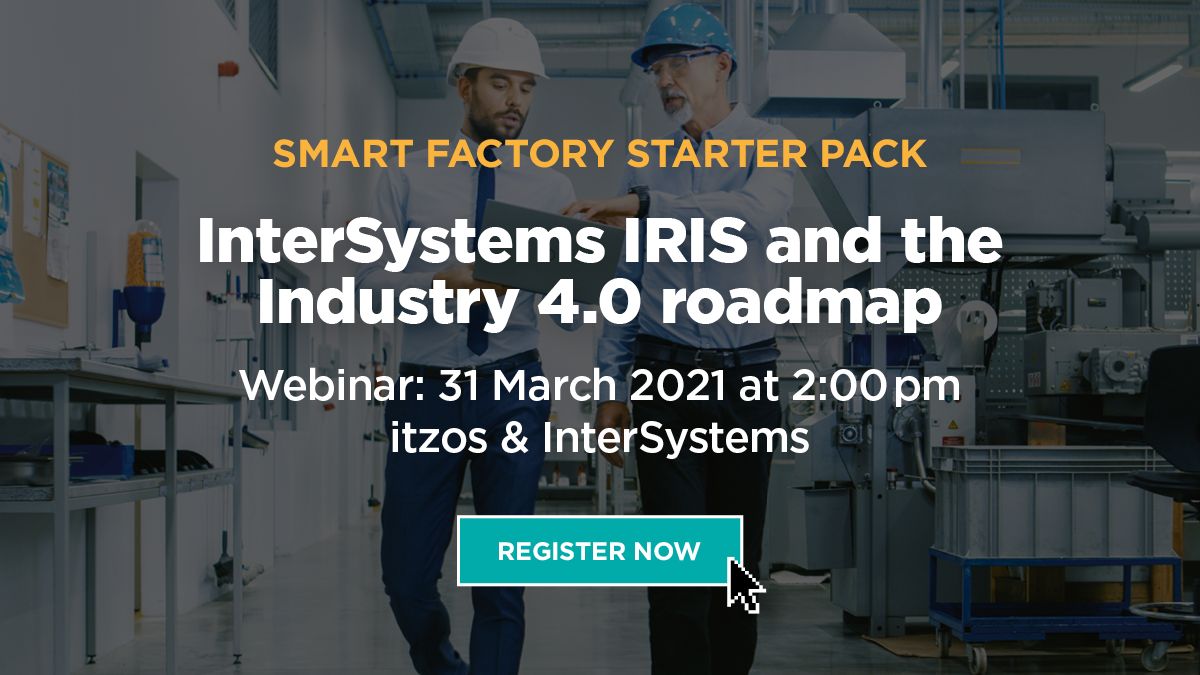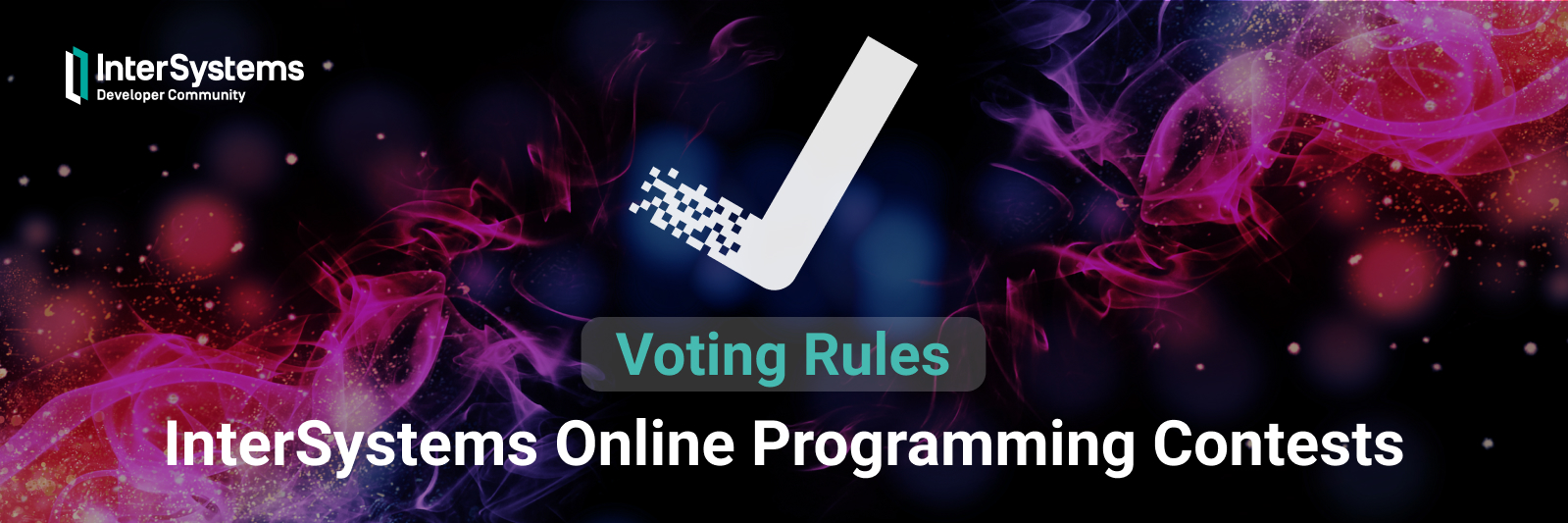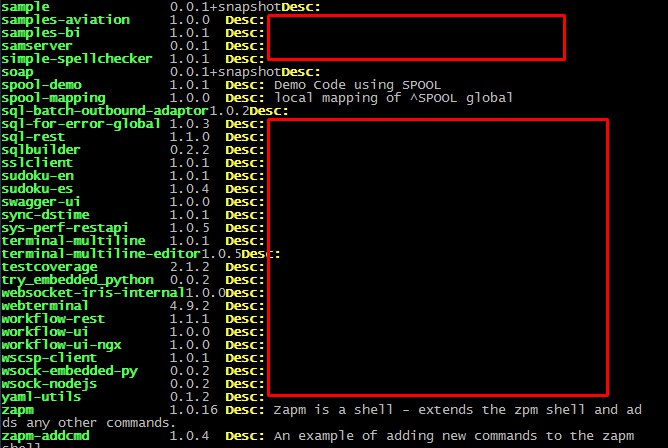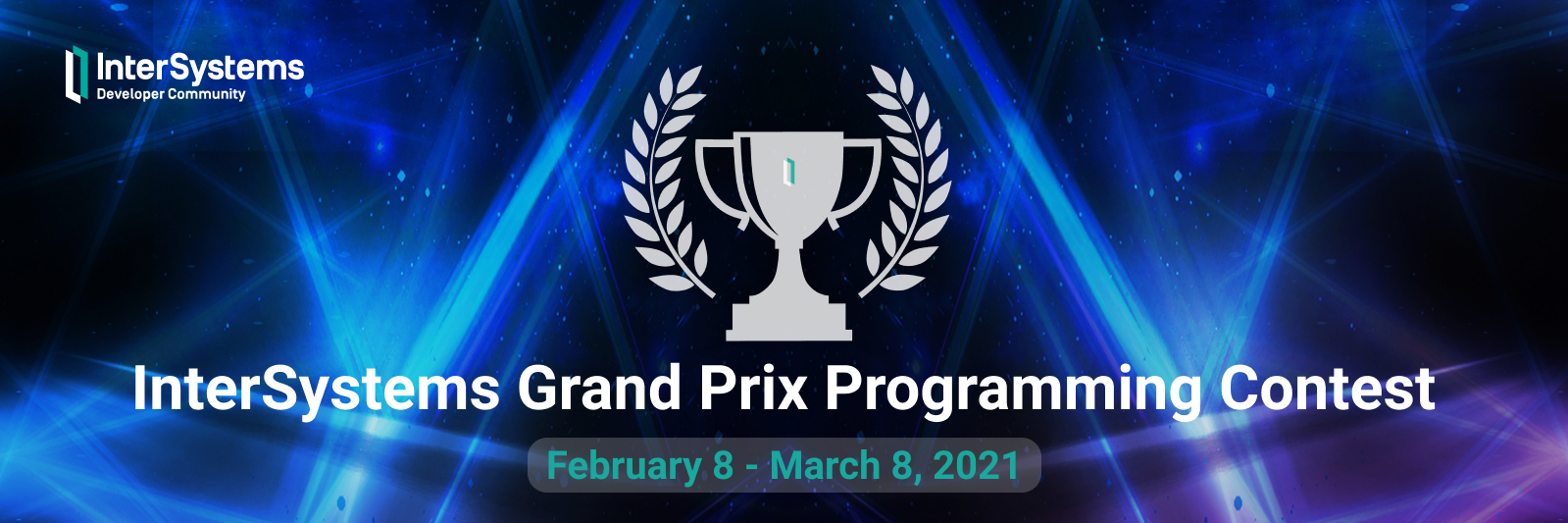Hey Developers,
We're pleased to invite you to the upcoming webinar in English called "InterSystems IRIS & the industry 4.0 roadmap - Smart Factory Starter Pack"!
🗓 Date & time: March 31, 02:00 PM CEST
🗣 Speakers:
- @Marco den Hartog, CTO, ITvisors
- @Aldo Verlinde, Sales Engineer, InterSystems



.png)


